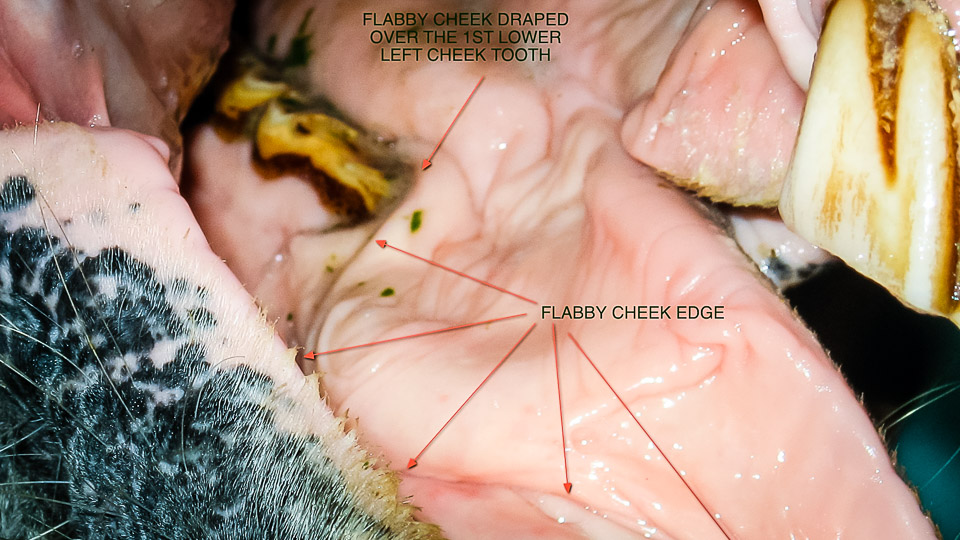
Horse Teeth And Oral Cavity – Flabby Cheeks Of The Oral Cavity
Welcome to this topic page. Right now I have not written an article and summary but be sure to check for images in the gallery.
As time moves on I am adding summaries and articles, videos and podcasts so eventually there will be something on every topic. Please be patient but if you are impatient, please contact me to encourage me to work on a specific topic. Go to the forum for “New Content Requests” and I’ll get right on it. Thanks for visiting this topic page. Doc T
**CONTINUED IN ARTICLE TAB**
Related material – Sometimes I have a lot of material here that I have written, podcasted, video blogs and other things. They will be listed in this tab.
Use the browser back button or menu to return to the index of topics.
⬇︎ CLICK ANY IMAGE BELOW TO REVEAL MORE INFORMATION ⬇︎
I have not written an article for this topic but be sure to check the captions of the images below.
As time moves on I am adding articles, videos and podcasts so eventually there will be something on every topic. Please be patient but if you are impatient, please contact me to encourage me to work on a specific topic. Go to the forum for “New Content Requests” and I’ll get right on it. Thanks for visiting this topic page. Doc T
Standing in front of the horse and facing the horse, pretend your thumb is one half of a bit. Place the thumb of your right hand at right angles to the horse into the horses’ left side at the corner of the lip (as if it was a bit). Press down on the bar and slowly move your thumb down and back towards the cheek teeth. If there is excessive fat on the bar, the thumb will compress it between the thumb, bar and the first cheek tooth. Be very careful that you do not let your thumb go between the upper and lower first cheek teeth – you will be severely bruised and cut and even lose your nail. Go slow and carefully or use a stick to prevent this damage.
- Additional tables
- Links to other in house articles
- Links to outside articles
- Reference material used in developing this topic.
There are no related articles here if you don’t see linked items.


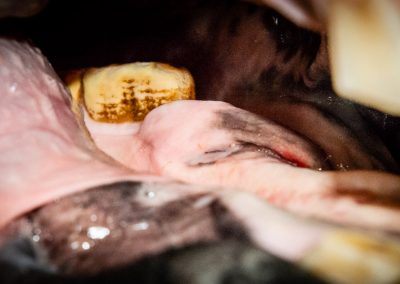
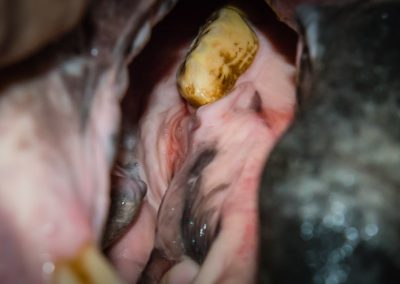

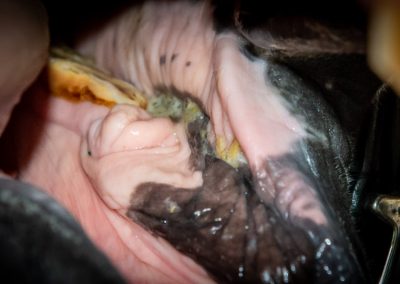

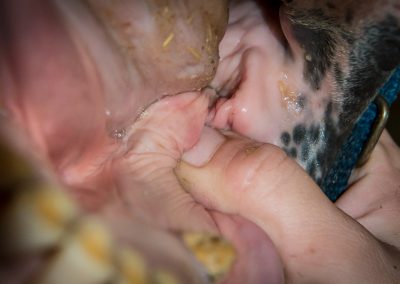
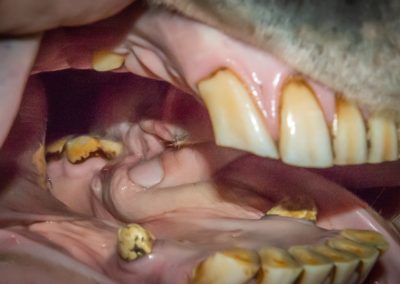

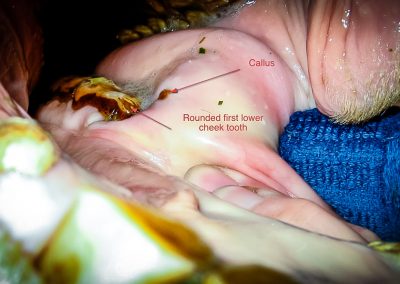
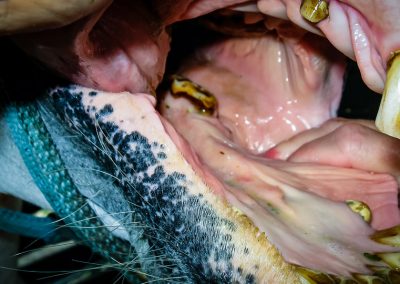

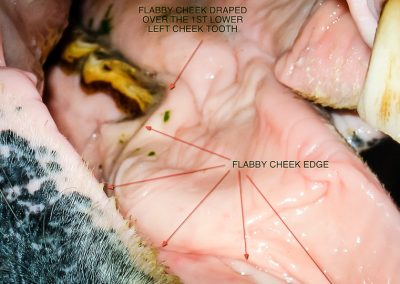
Responses